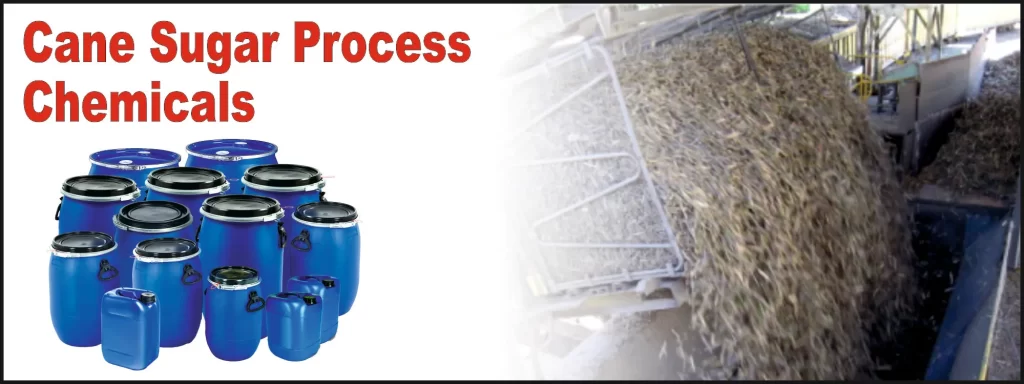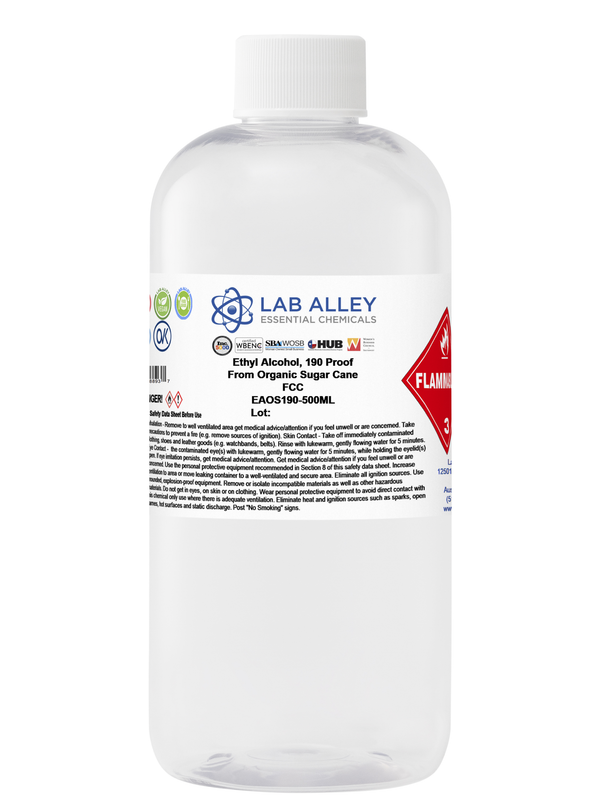Exploring the Versatile Use Sugar Cane Beyond Sweeteners
Sugar Cane is usually connected solely with sugar, yet its applications expand far beyond. This flexible plant plays a pivotal function in different industries, including bioplastics and biofuels. Additionally, its fibers add to sustainable building and fabrics. The economic ramifications of sugar Cane production additionally underscore its relevance. As developments remain to emerge, the potential of sugar Cane to drive environmental and economic innovations becomes increasingly apparent. What various other surprises does this resistant plant hold?
The Duty of Sugar Cane in Biofuels
As nations look for lasting energy resources, sugar Cane has arised as an essential player in the biofuels industry. This tropical plant is rich in sucrose, which can be fermented to generate ethanol, a sustainable gas alternative to fossil gas. The cultivation of sugar Cane for biofuel manufacturing not just lowers greenhouse gas exhausts yet also contributes to power safety and security, particularly in sugar-producing nations.
In addition, sugar cane-derived ethanol can be blended with gasoline, boosting its octane ranking and decreasing reliance on non-renewable resources. The byproducts of sugar Cane processing, such as bagasse, are beneficial for producing electricity, making the entire production cycle energy-efficient.
Research proceeds to check out sophisticated approaches for optimizing power return from sugar walking stick, solidifying its function in the shift to cleaner energy solutions. As worldwide demand for lasting gas increases, sugar Cane stands apart as an indispensable element of the biofuel industry.
Sugar Cane as a Source of Bioplastics
Although the ecological impacts of plastic air pollution are significantly worrying, sugar Cane uses a promising option as a resource of bioplastics. Stemmed from renewable energies, bioplastics made from sugar Cane can considerably lower dependence on petroleum-based plastics. These bioplastics are produced via the fermentation of sugars removed from the walking cane, leading to materials that can be compostable or naturally degradable, relying on their formula.
The use of sugar Cane bioplastics not just decreases carbon emissions however additionally promotes sustainable farming techniques. By making use of farming waste and results, the total ecological footprint of manufacturing is decreased. Additionally, products made from sugar Cane bioplastics can seamlessly integrate into existing waste management systems, dealing with worries concerning waste build-up.
As sectors seek sustainable remedies, sugar cane-based bioplastics stand for a viable choice that lines up with global efforts to battle plastic contamination and promote a round economic climate.
Medicinal Applications of Sugar Walking Cane
Sugar Cane is acknowledged for its antioxidant properties, which contribute to various health benefits. Additionally, it has been used in conventional solutions across societies, highlighting its significance in natural medicine. These qualities highlight the possibility of sugar Cane in the field of medicinal applications.
Antioxidant Features of Walking Cane
Various research studies have actually revealed that sugar Cane has significant antioxidant residential or commercial properties, making it a beneficial part in medical applications. The phenolic substances found in sugar walking stick, such as flavonoids and phenolic acids, add to its capacity to counteract complimentary radicals, thereby reducing oxidative anxiety in the body. This antioxidant task is linked to numerous health and wellness advantages, including enhanced cardio health and improved immune function. In addition, sugar Cane removes have actually been shown to exhibit anti-inflammatory effects, which can further support total health and wellness. By combating oxidative damages, sugar Cane might play a duty in the avoidance of persistent diseases, making it an intriguing topic of research study for its possible healing usages in modern-day medication.
Conventional Treatments and Utilizes
While modern medicine often relies upon synthetic substances, standard solutions utilizing sugar Cane highlight its historical importance in different societies. In several exotic areas, sugar Cane juice has been used as an all-natural solution for ailments such as dehydration and digestive issues. Its high water web content and crucial nutrients make it a favored therapy for urinary system infections and kidney stones. Furthermore, sugar Cane is believed to possess anti-inflammatory properties, assisting in the relief of sore throats and breathing problems. People medication typically integrates sugar Cane in mixtures to increase power and enhance total wellness. These old-time practices underscore the convenience of sugar walking cane, expanding its worth beyond sweet taste to include health and wellness applications.
Eco-Friendly Construction Materials From Sugar Cane
Sugar walking stick, usually identified for its sweet yield, is acquiring interest as a resource of eco-friendly building materials. These products supply lasting structure options, including eco-friendly composites that decrease environmental effect. Additionally, sugar cane-derived products supply efficient insulation buildings, boosting energy performance in structures.
Sustainable Building Solutions
As the worldwide need for lasting building and construction products increases, innovative options originated from sugar Cane have actually become a practical alternative. This renewable energy provides different applications in environmentally friendly structure options, especially with its byproducts. Sugar Cane fibers, recognized for their toughness and resilience, can be used in producing insulation materials and composite panels. Additionally, the juice and molasses from sugar Cane can be processed right into bio-based adhesives, lowering reliance on petroleum-based items. Using sugar Cane not just lessens waste yet likewise adds to reduce carbon exhausts throughout production. Incorporating these materials into building techniques sustains the round economic situation, advertising sustainability while dealing with the pressing ecological challenges dealt with by the construction market.
Naturally Degradable Composite Materials
Biodegradable composite products have amassed attention as sustainable options in building and construction, especially those stemmed from sugar walking stick. These materials use the fibrous byproducts of sugar cane, such as bagasse, to develop compounds that are both solid and light-weight. By integrating these moved here all-natural fibers, producers can produce materials that decrease reliance on conventional plastics and non-renewable sources. The lasting nature of sugar Cane composites not just lessens ecological influence however also sustains farming economies by supplying extra profits streams for farmers. On top of that, the biodegradability of these compounds warranties that they do not contribute to lasting waste in landfills. As the building sector seeks greener solutions, sugar cane-derived compounds offer an appealing course toward extra environment-friendly building methods.

Insulation Features and Advantages
The insulation buildings of environment-friendly building and construction products originated from sugar Cane deal considerable benefits in energy efficiency and climate control. Sugar Cane fibers possess all-natural insulating top qualities that assist manage indoor temperature levels, reducing the requirement for extreme home heating or air conditioning. This characteristic contributes to lower power consumption, promoting sustainability in building methods. In addition, using sugar cane-based insulation products is valuable for interior air high quality, as they are much less most likely to produce unpredictable organic compounds (VOCs) contrasted to typical insulation items. These products are eco-friendly, aligning with eco-conscious building objectives. As the building market seeks greener choices, sugar cane-derived insulation stands out as an encouraging remedy that incorporates performance with ecological duty, sustaining both power financial savings and environmental preservation.
Sugar Cane in the Fabric Market
Usually overlooked, sugar Cane plays a considerable role in the textile sector, largely with the production of lasting fibers. These fibers, stemmed from the plant's byproducts, are increasingly recognized for their green residential properties. Sugar Cane fibers, such as bagasse and sisal, are biodegradable and sturdy, making them appealing choices to traditional synthetic fibers.
Their use in fabrics advertises sustainability by minimizing dependence on petroleum-based products while likewise giving a method read for waste reduction from sugar manufacturing. Additionally, technologies in fabric handling have made it possible for suppliers to blend sugar Cane fibers with various other materials, improving the general quality and versatility of fabrics.
This change towards integrating sugar Cane in textiles shows a wider fad in the market, going for environmentally accountable techniques. As demand for sustainable materials proceeds to increase, sugar cane's function in textiles might broaden, offering both economic and ecological benefits.
Nutritional Perks and Animal Feed

Furthermore, sugar Cane contains necessary minerals and vitamins that boost the nutritional profile of pet feed, enhancing immunity Resources and total health. Its pleasant preference and palatability make it an attractive feed choice, encouraging feed intake amongst animals. By including sugar Cane right into their diet regimens, livestock manufacturers can reduce dependence on standard feed resources, potentially decreasing feed costs while maintaining animal health and productivity. As a result, sugar Cane emerges as a sustainable and nutritious option in the area of pet farming.
The Economic Effect of Sugar Cane Production
While many agricultural assets add to neighborhood economic climates, sugar Cane production stands apart as a result of its considerable economic effect across numerous areas. This versatile plant not just provides work opportunities in distribution, farming, and processing however additionally supports supplementary markets such as transport and manufacturing. In nations like Brazil and India, sugar Cane is a critical vehicle driver of country development, promoting financial stability and boosting source of incomes.
The spin-offs of sugar walking stick, consisting of ethanol and molasses, additionally diversify revenue streams, producing added markets and lowering reliance on traditional sweeteners - What Is Sugar Cane Used For. Moreover, as worldwide demand for sustainable energy increases, the duty of sugar Cane in biofuel production is ending up being progressively noticeable, bring in investments and boosting regional economic climates. In general, the financial implications of sugar Cane production are extensive, affecting both regional task markets and more comprehensive financial patterns in regions reliant on this necessary plant
Often Asked Inquiries
How Is Sugar Cane Processed Into Biofuels?
The handling of sugar Cane right into biofuels includes extracting juice, fermenting it into ethanol, and fine-tuning the product. This method utilizes the plant's all-natural sugars, changing them right into renewable resource resources for numerous applications.
What Are the Ecological Advantages of Using Sugar Walking Cane?
The ecological advantages of utilizing sugar Cane consist of lowered greenhouse gas exhausts, boosted dirt health through lasting farming practices, and lower dependence on nonrenewable fuel sources, which collectively add to an extra environment-friendly and lasting farming system.

Can Sugar Cane Be Expanded in Any Type Of Climate?

Sugar Cane flourishes in subtropical and exotic climates, calling for cozy temperatures, sufficient sunlight, and adequate rainfall. Its growth is limited in chillier areas, making it inappropriate for arctic or temperate climates where frost occurs.
What Are the Historical Usages of Sugar Walking Stick?
Historically, sugar Cane offered various objectives beyond sweetening - What Is Sugar Cane Used For. It was used for producing rum, as a source of biofuel, in standard medicine, and for crafting materials like paper and molasses, showcasing its diverse applications throughout various cultures
Just How Does Sugar Cane Influence Resident Economies?
The impact of sugar Cane on regional economic situations is significant, offering work, boosting farming fields, and cultivating trade. Its growing sustains country resources and boosts neighborhood markets, adding to overall economic development and area development.
The economic effects of sugar Cane manufacturing further emphasize its importance. Acquired from eco-friendly sources, bioplastics made from sugar Cane can considerably minimize reliance on petroleum-based plastics. Naturally degradable composite products have actually garnered focus as lasting choices in building, specifically those obtained from sugar walking cane. These products use the coarse by-products of sugar cane, such as bagasse, to develop compounds that are both solid and light-weight. While several farming commodities add to regional economic climates, sugar Cane production stands out due to its significant financial impact across different areas.